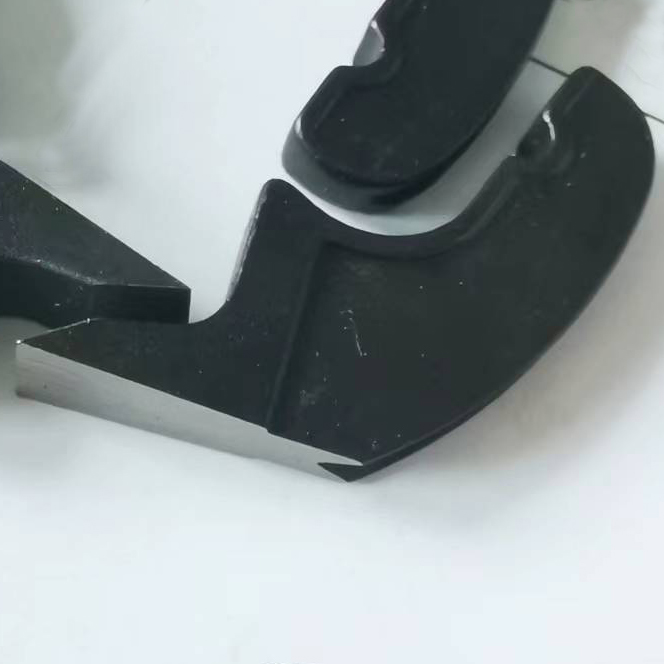Replace Sawmill Teeth To Blade
The process of replacing sawmill teeth to the blade is an essential task in maintaining the efficiency and performance of a sawmill. Sawmill teeth play a crucial role in cutting through wood, and over time, they can become dull or damaged, resulting in decreased productivity and quality of the sawmill’s output. In this article, we will explore the importance of replacing sawmill teeth and discuss the steps involved in this process.
To begin with, let’s highlight the significance of sharp sawmill teeth. When the teeth are sharp, they can easily penetrate the wood, allowing for smoother and faster cuts. This not only enhances productivity but also ensures that the wood is cut accurately, minimizing material waste. Dull or damaged teeth, on the other hand, can cause the blade to struggle while cutting, leading to uneven surfaces and an overall reduction in efficiency.
The first step in replacing sawmill teeth is to inspect the blade thoroughly. Carefully examine each tooth for signs of wear, such as chipping or bluntness. If any teeth are found to be damaged, it is crucial to replace them promptly. Even if there are no visible signs of damage, it is recommended to replace the teeth after a certain period of usage to maintain optimal performance.
Once the damaged teeth have been identified, the next step is to remove them from the blade. This can be done by using a tooth removal tool specifically designed for sawmill teeth. The tool allows for easy extraction of the old teeth without causing damage to the blade. It is important to follow the manufacturer’s instructions while using the tooth removal tool to ensure safety and efficiency.
After removing the old teeth, it is time to install the new ones. Make sure to choose teeth that are compatible with the specific type and size of your sawmill blade. Align each tooth properly with the blade and secure them using the appropriate fastening method. It is essential to ensure that the teeth are firmly attached to the blade to prevent any accidents or loss of teeth during operation.
Once all the new teeth have been installed, it is recommended to conduct a test run before resuming normal operation. This allows for any adjustments or fine-tuning that may be required. During the test run, pay close attention to the cutting performance and inspect the finished cuts for quality and accuracy. If any issues are identified, make the necessary adjustments or seek professional assistance if needed.
In conclusion, replacing sawmill teeth to the blade is a crucial maintenance task that directly impacts the efficiency and performance of a sawmill. By regularly inspecting and replacing damaged or dull teeth, sawmill operators can ensure smoother cuts, higher productivity, and better quality output. Following the proper steps, including thorough inspection, tooth removal, and installation of new teeth, is essential to maintain optimal performance. Remember, a sharp blade with properly installed teeth is the key to success in the sawmill industry.

